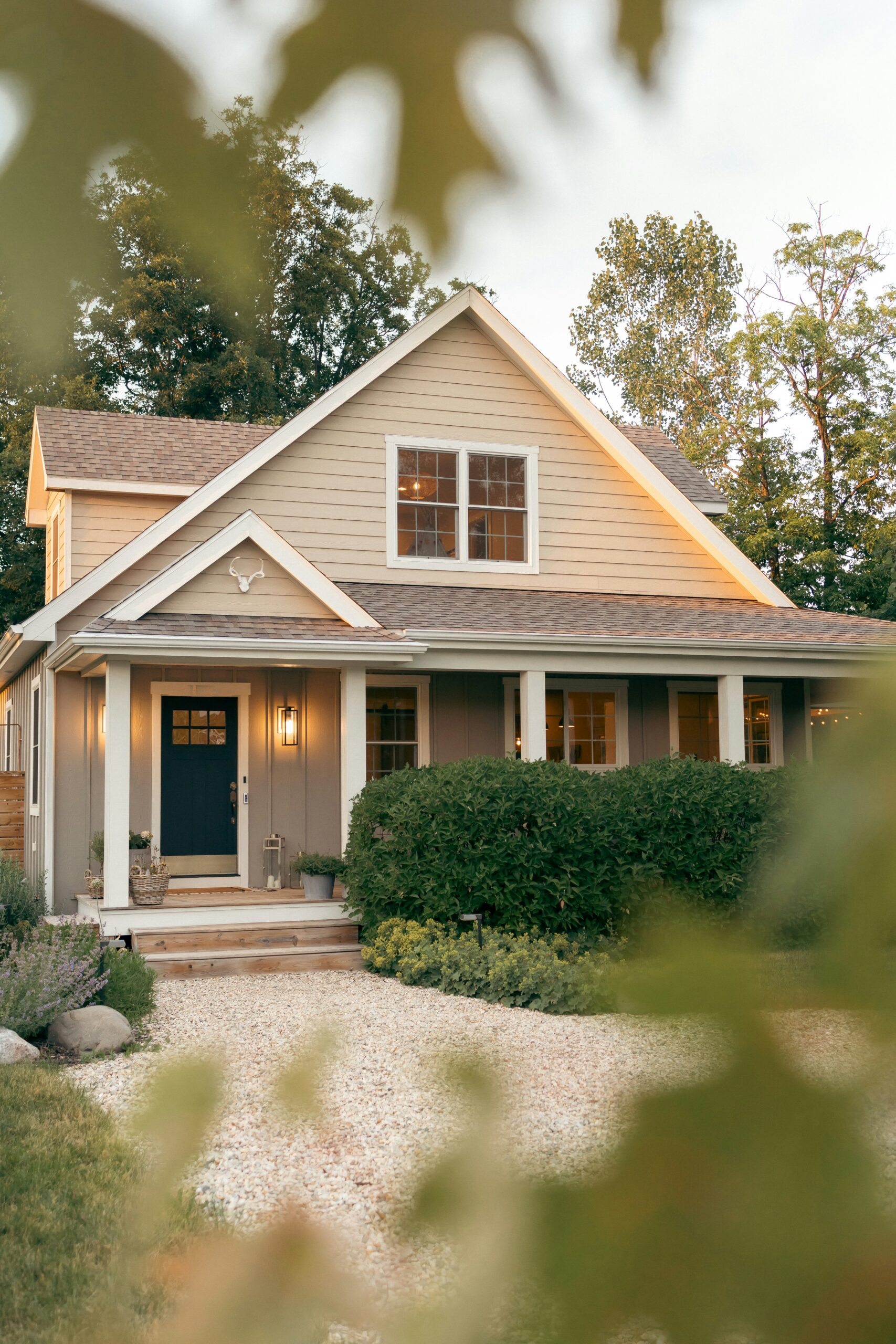
The real estate industry has long been a cornerstone of the economy, providing shelter and investment opportunities. Over the years, the sector has evolved, driven by technological advancements and a shift in consumer expectations. Today, innovation plays a crucial role in shaping the future of real estate, enabling businesses to meet new challenges and opportunities in creative ways. From advanced construction technologies to sustainable design practices, innovation in real estate is about more than just making profits—it’s about building dreams and fostering communities.
Real estate development has always been about creating spaces people can call home, work in, or gather around. However, with an increasingly globalized and tech-driven world, the expectations surrounding these spaces have changed dramatically. Consumers today are more informed and demand more from their living and working environments. In response, real estate developers are focusing on the aesthetics or functionality of their properties and how they impact the world around them. This paradigm shift has opened up numerous opportunities for innovation, especially in technology, sustainability, and user experience.
One area where innovation has been particularly impactful is technology use. Proptech, short for property technology, has become a driving force in real estate development and management. Real estate companies are now utilizing virtual reality (VR), artificial intelligence (AI), and big data to streamline the property search process, enhance property management, and predict market trends. For example, virtual tours powered by VR allow potential buyers or renters to view properties remotely, saving time and offering convenience in an otherwise time-consuming process. AI can help developers analyze market trends, assess property values, and even automate maintenance requests, improving efficiency.
Moreover, big data plays a significant role in understanding consumer behavior and designing properties that meet buyers’ needs and desires. By tracking user preferences and analyzing purchasing patterns, developers can create more personalized living and working spaces, increasing the likelihood of a successful sale or lease. This data-driven approach enhances the customer experience and helps real estate companies make more informed decisions, leading to greater profitability and sustainability in the long run.
As much as technology is transforming the real estate sector, sustainability has emerged as another key area of focus for innovators. With concerns over climate change and the growing emphasis on environmental conservation, developers are increasingly adopting green building practices and sustainable design principles. LEED-certified buildings, which meet specific environmental standards, are becoming more common, and consumers are increasingly seeking homes and offices that reflect their values of sustainability.
Green innovations in real estate extend beyond energy-efficient appliances and renewable energy sources. Many new developments incorporate eco-friendly building materials, such as recycled steel or bamboo, which are both sustainable and cost-effective. Some developers are even using nature-based solutions, such as green roofs and urban gardens, to help mitigate the environmental impact of their properties. These eco-conscious choices reduce the carbon footprint and create healthier living and working environments for residents and employees. This shift toward sustainability is good for the environment and boosts property values, as more buyers are willing to pay a premium for eco-friendly properties.
Another significant aspect of innovation in real estate is the increasing importance of user experience. Today’s buyers and renters want more than just a roof over their heads—they want spaces that promote well-being, comfort, and convenience. The idea of a “smart home” has moved from a luxury to a standard expectation. Features such as voice-activated lights, smart thermostats, and remote-controlled security systems are becoming standard in many new homes and apartments. These innovations make life more comfortable and efficient, allowing residents to manage their homes remotely and reduce energy consumption.
Similarly, developers are investing in community-focused designs, where properties are not just isolated buildings but part of a larger ecosystem that encourages social interaction and collaboration. Mixed-use developments that blend residential, commercial, and recreational spaces have become more popular as they provide greater convenience and foster a sense of community. These developments aim to create environments where people can live, work, and play in the same area, enhancing the overall quality of life and reducing the need for long commutes.
At the same time, the need for flexible spaces has risen, especially with the increased adoption of remote work in the wake of the COVID-19 pandemic. Home offices, adaptable workspaces, and shared co-working areas have become increasingly important to buyers and renters. Developers are now incorporating these features into new developments, ensuring they meet the evolving demands of a workforce that values flexibility and work-life balance. In response, buildings are designed with multi-functional spaces that can be easily transformed to suit various purposes, from family gatherings to business meetings.
As the real estate sector continues to evolve, one thing is clear: innovation is here to stay. The integration of technology, sustainability, and user-centric design is shaping the future of real estate and creating opportunities for businesses and communities to thrive. Developers who embrace these changes are not just building structures but shaping how people live and work. They are making it possible for dreams to come true, one property at a time. Through innovation, the real estate industry is transforming the physical landscape and the way we think about home, work, and community.
Ultimately, innovation in real estate is about building better futures. By incorporating the latest technological advancements, prioritizing sustainability, and focusing on users’ needs, the industry is paving the way for a more efficient, eco-friendly, and interconnected world. For developers, investors, and consumers alike, the future of real estate has never looked more promising. As we look ahead, the potential for change is limitless—so long as we continue to push the boundaries of what’s possible.